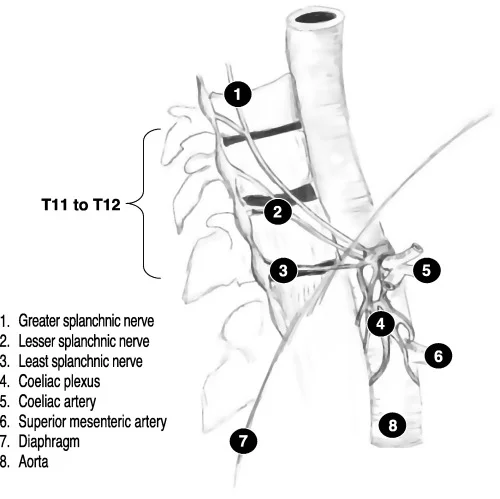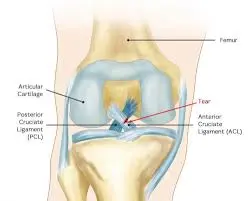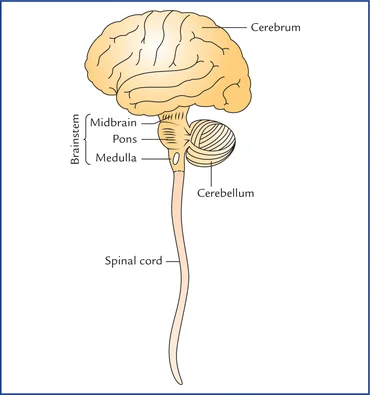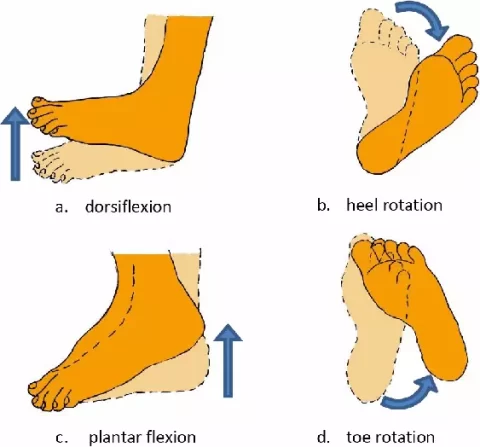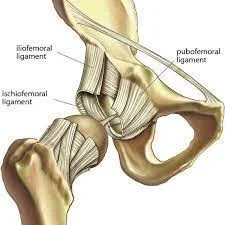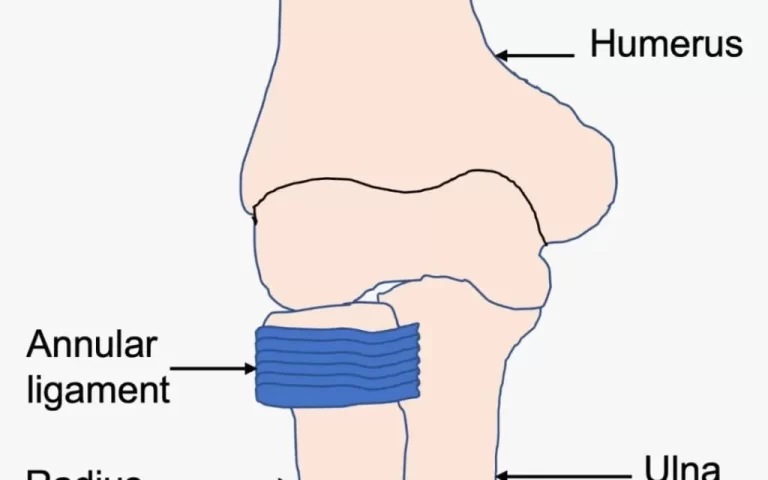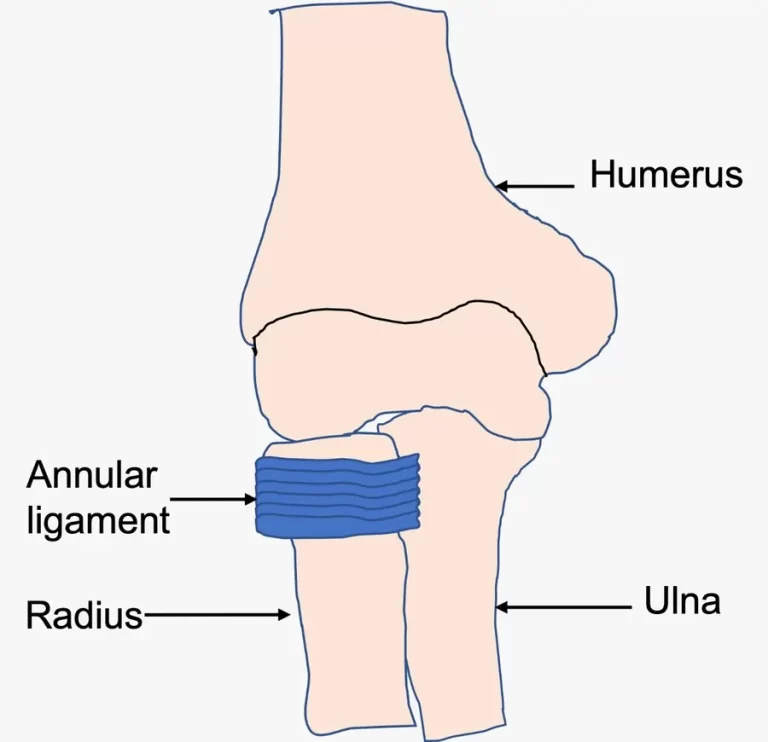Celiac Plexus
Introduction The celiac plexus, also known as the solar plexus, is a network of nerves located in the upper abdomen, near the aorta and behind the pancreas. It plays a key role in transmitting signals between the abdominal organs and the central nervous system. The celiac plexus is often targeted for nerve blocks to manage…

